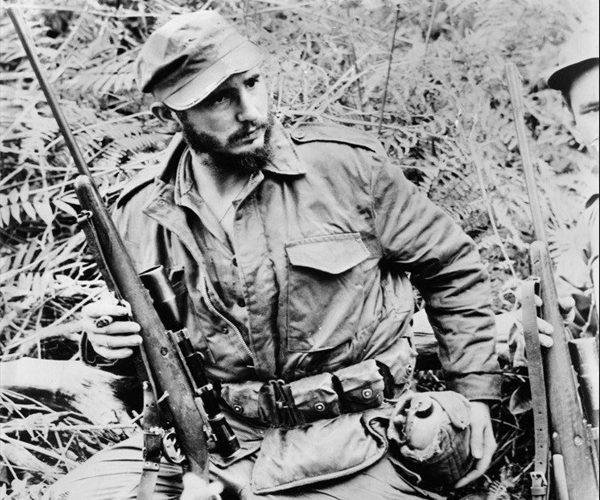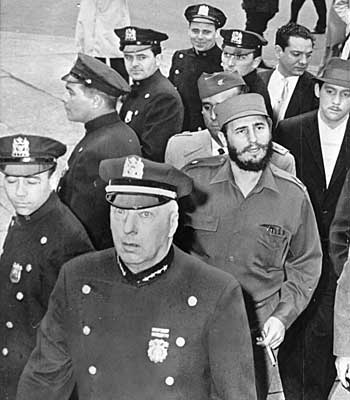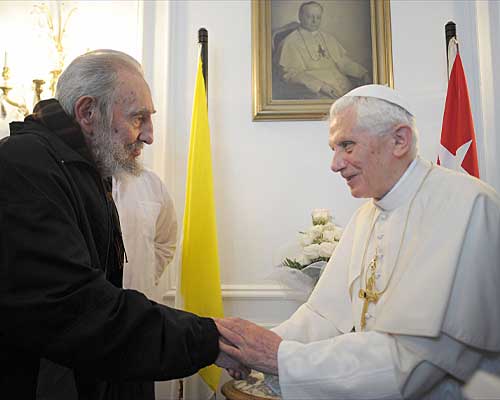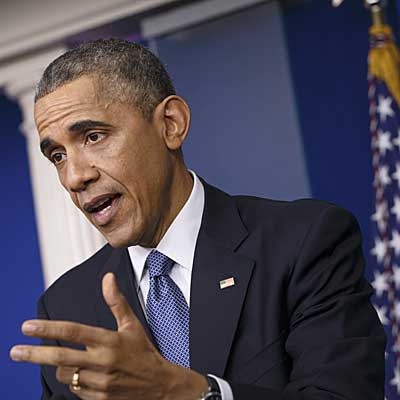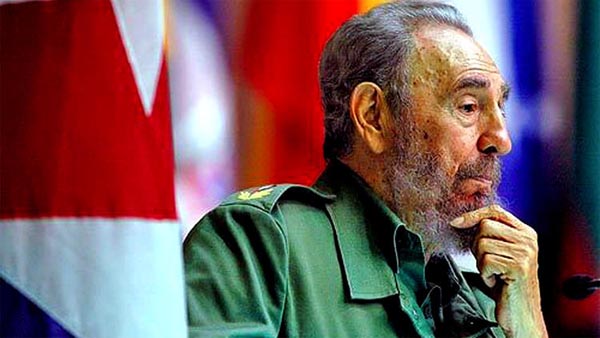The life of Fidel Castro
Cuban strongman Fidel Castro, the charismatic revolutionary recognized by his trademark fatigues and scruffy beard, kept communism alive in Cuba decades after the fall of the Soviet Union.
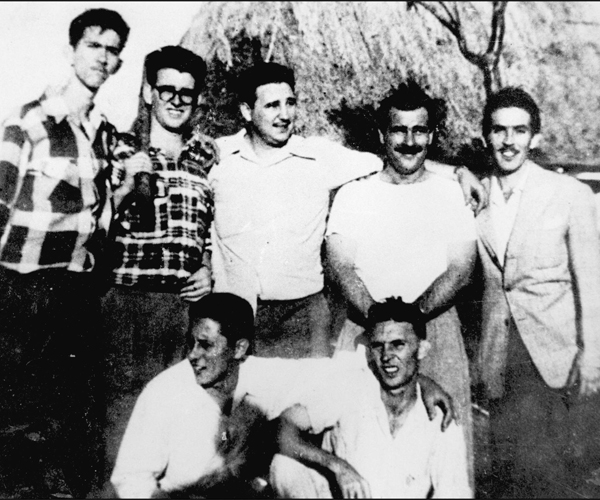
In response to Fulgencio Batista’s unpopularity, Fidel Castro organizes a revolutionary movement and leads more than 100 followers in a failed attack on the Moncada military barracks in Santiago de Cuba. He is captured later in a nearby mountain area and imprisoned.
Hundreds of thousands of supporters cheer Fidel Castro’s arrival in Havana.
Read Castro’s first interview since his victory over Batista
In a visit to the U.S., Fidel Castro appears on “Meet the Press” and meets privately with Vice President Richard Nixon. He claims that his provisional Cuban government “does not want to stay in power one minute longer than is necessary before having free elections.” The Cuban leader also denies that there are any Communists in his government.
Cuban missile crisis: Fidel Castro allows the U.S.S.R. to install within Cuba’s borders medium-range nuclear missiles aimed at the United States, ostensibly for the defense of Cuba. President Kennedy negotiates the missiles’ removal directly with Soviet leader Nikita Khrushchev. Castro is humiliated.
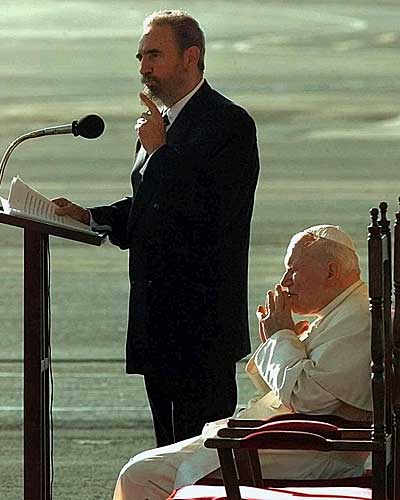
Pope John Paul II begins a five-day visit to Cuba. The papal journey through Havana’s streets came after John Paul shook President Fidel Castro’s hand and kissed two baskets of soil from a land that was officially atheist until six years ago.
With much of the Cuban nation and the world watching live, the pope declared: “May Cuba, with all its magnificent potential, open itself up to the world, and may the world open itself up to Cuba, so that this people … may look to the future with hope.”
Sources: Times research
Credits: Maloy Moore
